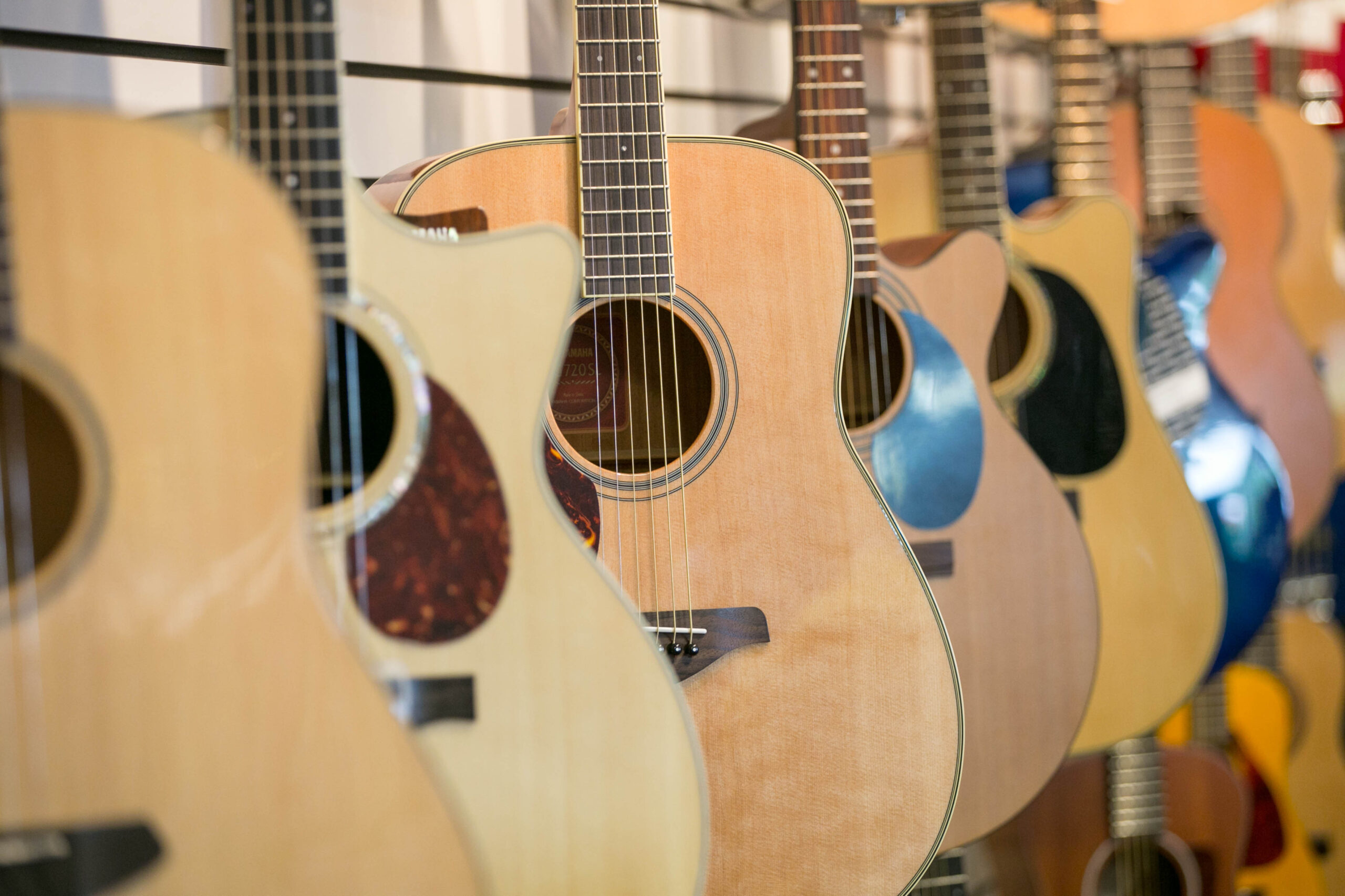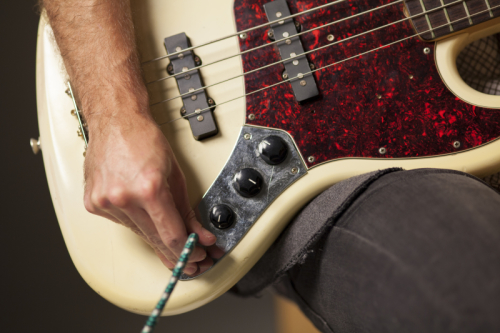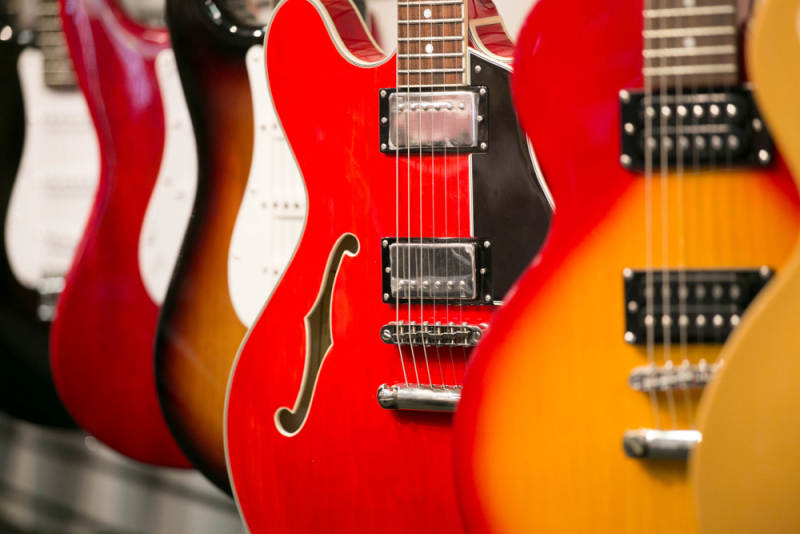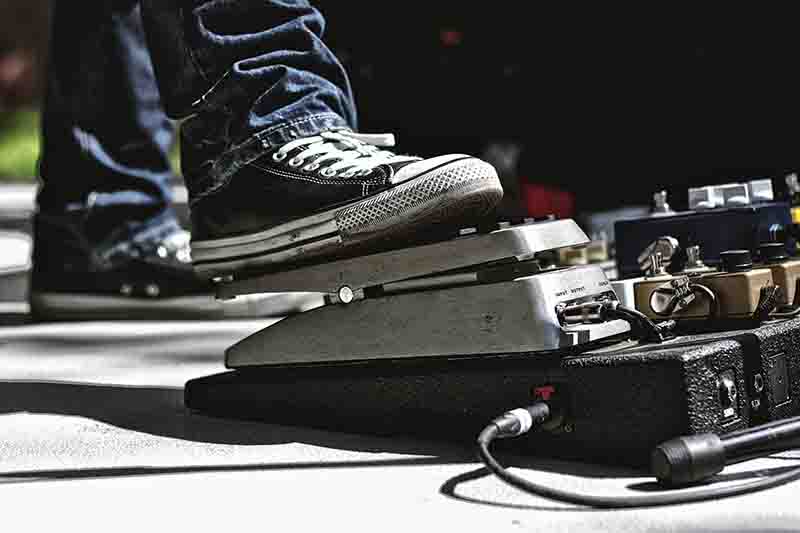April 09, 2015
Success With the Young Guitar Student
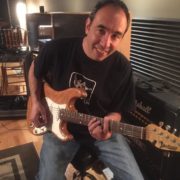

I have been teaching guitar for over 30 years, and through those years I have taught students of all ages 12 through the mature adult. I was working out of the local music store where the bulk of my students were teenagers, young adult rockers or the retired adult who always wanted to play guitar but never had the time. About ten years ago I started teaching at a local private school in Atlanta GA. (GACS). They had a “Music Enrichment Program” that enabled students to be able to take guitar lessons during the day. This is when I realized that I was in for a new crop of students. Most of the students that could come during the day were elementary students, they could use one of their P.E times or even part of a lunch period. I was excited to be able to teach early in the day but these were little kids, did the even listen to music yet? Sure, I had taught young kids before but very few. What I am about to share with you is what I have found to be a successful music teacher for the young guitarist.
How young is a good age to start on guitar?
9 years old, 3rd grade seems to be a good age to start. They have developed the proper motor skills, greater attention span, and are big enough to sit comfortably with the instrument. They have notable musical interest, developed musical taste, and are recognizing guitar parts in songs. As always there are exceptions to the rule and kids younger than this can grab a hold of these concepts. I like to try the Ukulele with the real young ones 5-8yrs old, this leads to a great introduction to the guitar.
What guitar is right for the young beginner?
The three quarters-size guitars and some full-size guitars are great choices. The three quarters size steel string guitar, nylon string, and electric guitar is great for complete comfort for the smaller sized student. The full-size nylon and electric guitar will also work depending on the size of the student. Try to stay away from the half size or toy store type guitars, they just don’t stay in tune and often have very high the action (height of the strings from the neck). I like the nylon string guitar (also known as the classical guitar) option because the strings are thicker and softer than the steel strings and the body size is not much larger than a three quarters size steel string. Here are a few things you can do to make a guitar more playable and comfortable.
- Kill two birds with one stone by using a capo and tuning down a half step. Reduce the action at the nut by using a capo on the first fret, now the strings are that much closer to the fingerboard in the first position. Tuning the guitar down brings the guitar back to standard tuning and the strings are more flexible because of reduced tension.
- Put an extra extra Light set of strings (.010) on an acoustic or even a set of silk & steels, this will reduce the tension also.
- Check the string height at the bridge. With just sandpaper you can sand the bottom of the saddle (usually one piece and easily removable) which will bring the high action down at this end of the fingerboard. Remember to sand the bottom not the top, the top may have a radius or curvature that matches the neck curvature. You can always have a guitar tech do the work it if you are not comfortable with doing it yourself.
What teaching materials are appropriate and effective?
Children’s method books, musical games, and just plain listening to music are the staples of any lesson. Choose a method book that is child friendly, landscape format, bigger musical staff, and colorful pictures work well. The book should not be overwhelming and the student should feel like they have accomplished an assigned study when you turn the page or put a cool sticker on the completed assignment.
Play a musical game by using the white board for counting measures and spelling out the musical alphabet. I have devised worksheets that the kids love such as Mad minute fill-ins, fingerboard games, and fill in the missing stems or note heads etc.. This breaks up the lesson time so now it is a music lesson not just a guitar lesson.
Use the piano, if you have access to a piano take advantage of the visible layout of the keyboard. Have the student identify root position triads Major (happy) and Minor (sad). Teach basic intervals structure, you never know you may find a student with perfect pitch, I did.
My forthcoming book “Jazz Method for The Young Guitarist” covers all these points and more. A few other books I like are The Progressive series “Guitar Method for Young beginners” and The FJH series “Young Beginner Guitar Method”.
In conclusion, the lesson should be educational and fun. Being patient and not expecting huge leaps out of them is important at this stage of their music education. Keep in mind that It’s not uncommon that your guitar student may move on to a different instrument eventually. Keep them engaged in music not just the instrument at hand. Kids are like sponges and will retain a great deal. Make your time together a positive one and know that you are a big part of whatever musical path they chose.
About the author:
Guy Fenocchi is a professional guitarist and guitar/bass instructor. Originally from central New York, he holds two degrees in the field of music. As a music educator, he has over 30 years of teaching experiencing, ranging from private instruction to classroom situations. As a performer, Guy has toured throughout the East Coast and Canada with various groups and performers, and has appeared in at the Stan Rogers Folk Fest, the North Atlantic Blues Festival, and the Montreal Jazz Festival, just to name a few. He currently performs in Atlanta as a solo guitarist, and with the group Metro Quest. If you’re interested in taking lessons from Guy, you can find him at our Snellville, Georgia store.




